Ad Details
-
Ad ID: 64299
-
Added: November 24, 2023
-
Sale Price: ₹ 282007
-
Regular Price: ₹ 282007
-
Condition: Used : Like New
-
Location: India
-
State: Uttar Pradesh
-
City: Agra
-
Views: 95
Description
Sharma and son’s is a main expert organization for brush making machine. For a number of years, the company has been conducting research and development to produce the most advanced product brush tufting machine.A brush tufting machine is a specialized piece of equipment used for the automated production of brushes. It is designed to insert tufts or bundles of bristles into a brush base or backing material. Here’s a step-by-step explanation of how a brush tufting machine typically works:
Brush Base Preparation: The brush base, which can be made of various materials such as wood, plastic, or metal, is prepared by drilling holes or creating channels at specific intervals or patterns. These holes or channels will serve as the anchor points for the tufts of bristles.
Bristle Feed System: The tufting machine is equipped with a bristle feed system that holds a supply of bristles or bristle bundles. The bristles can be made from natural materials like animal hair or synthetic fibers. The feed system ensures a continuous supply of bristles to the tufting head.
Tufting Head and Needle Bar: The tufting head, mounted on a needle bar, holds the tufts of bristles. The needle bar moves back and forth across the brush base, positioning the tufting head over the pre-drilled holes or channels.
Tufting Process: As the tufting head reaches a predetermined position, the tufting needles on the head penetrate the brush base through the pre-drilled holes or channels. The tufting needles carry the bristles or bristle bundles and push them through the brush base.
Clamping or Securing Mechanism: Once the bristles or bristle bundles are inserted into the brush base, a clamping or securing mechanism holds them in place. This mechanism may use mechanical or pneumatic means to ensure that the tufts are firmly anchored to the brush base.
Trimming and Shaping: After the tufting process, the brush may undergo additional steps such as trimming and shaping. Trimming involves cutting the bristles to a desired length, while shaping may involve forming the bristles into a specific pattern or contour.
Finishing: Once the tufting, trimming, and shaping processes are completed, the brush may undergo further finishing steps such as cleaning, quality inspection, packaging, or labeling.
The tufting machine’s operation is typically controlled by a control panel or computer interface, allowing operators to set parameters such as tufting speed, bristle length, and tufting pattern. The automation and precision offered by brush tufting machines enable efficient and consistent production of brushes in various industries, including cleaning, cosmetics, industrial applications, and art.

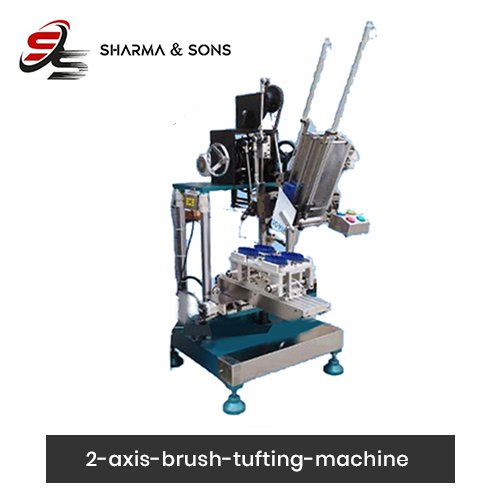

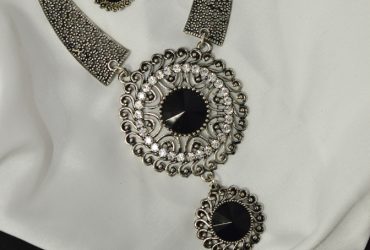
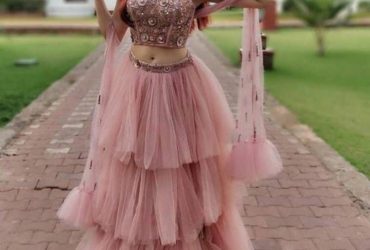

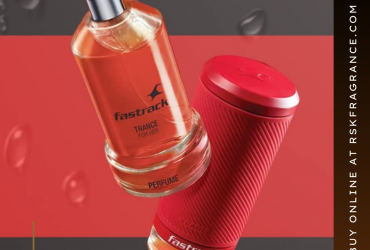
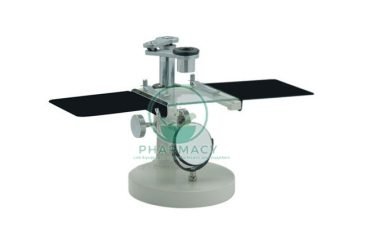
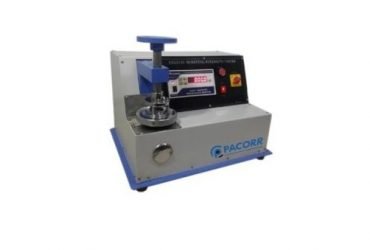

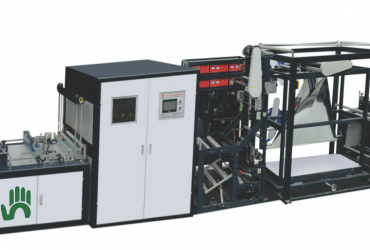
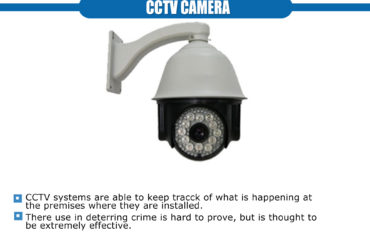

Leave a Comment
Your email address will not be published. Required fields are marked. *